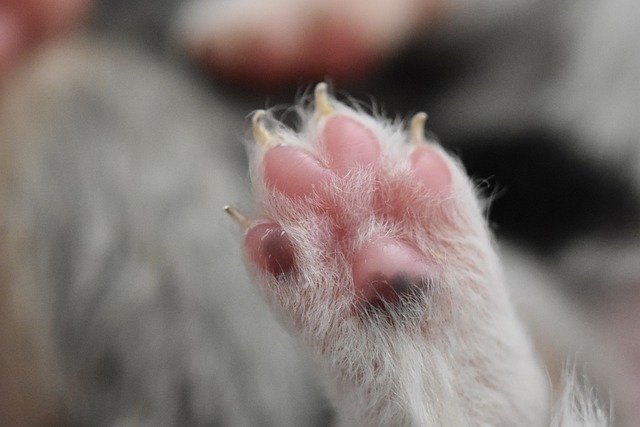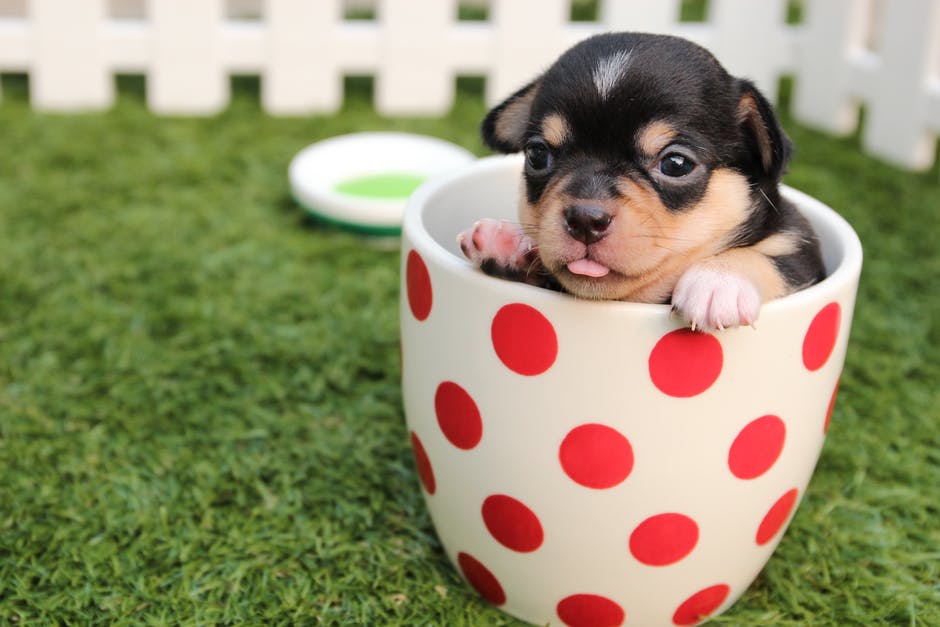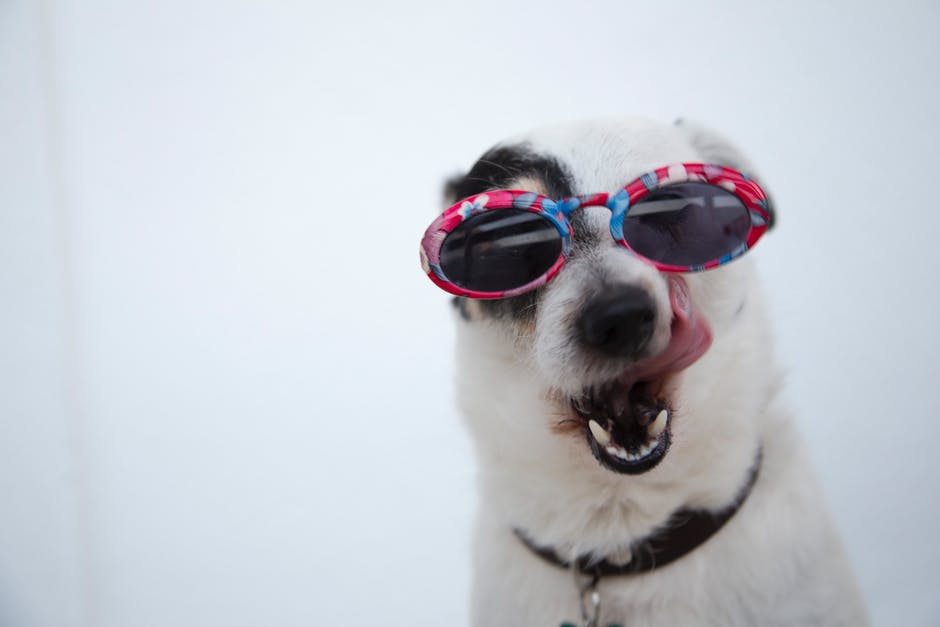
For all the joy and excitement of bringing home a new puppy, potty training can be enough to make you wonder what you were thinking. The goal of potty training is simple, but the details can be confusing, like whether to use puppy pads.
Having your dog go outside is the ideal solution, but potty pads can sometimes play a role in successful potty training. For example, with very young puppies it’s necessary to make frequent trips outside. That might be too challenging for elderly owners or apartment dwellers. Or if you don’t have a backyard and your dog’s toilet area is a public place, you might want to limit your puppy’s exposure until he’s fully vaccinated. So, if you want to include potty pads in your puppy’s housetraining routine, read on for tips on how to potty train a puppy on pads.
Be Patient

It’s easy to get frustrated with your new puppy when potty training is taking longer than you expected. But it’s essential to be patient during this process. Remember, potty training takes time. Don’t expect more from your puppy than he is able to deliver. The following points will help you keep your cool:
A puppy can’t control his bladder until he is 16 weeks old. So as much as you might like him to wait, he simply can’t. A puppy can only hold his bladder as long as his age in months plus one hour. So, a four-month-old puppy can only hold it for five hours. That includes during the night as well. Every breed is different. For example, a toy breed might need more frequent potty breaks due to a fast metabolism and tiny bladder. Every puppy is different, even within breeds. Your first puppy might have been potty trained in a few weeks, but your next one might need months.
Supervise at All Times

It’s important to watch your puppy at all times for safety, but this is also the key to successful potty training. You can’t prevent accidents if you don’t have your eyes on the dog. Here are some tips to help with supervision:
Take your puppy to the potty pad frequently. How often will depend on his age and bladder strength. For very young puppies, it could be as often as every 15 minutes. Better a wasted trip than an accident.Set a timer if you’re having trouble remembering when to take your puppy to his pad. Watch your puppy for telltale signs he has to go such as sniffing the ground, circling, or whining. When you see those signs, take him straight to the potty pad. Use a long leash if you are having trouble keeping your puppy in sight. Tie the leash to heavy furniture or around your waist to limit your puppy’s movements. Put your puppy in a crate or a safe area whenever you can’t supervise him.
Use a Crate
A crate is an important potty training tool because dogs don’t like to soil where they sleep. Plus, a strong denning instinct means that if you introduce a crate properly, your puppy will see it as his safe space rather than a punishment. Keep the following in mind when introducing a crate to your puppy:
Choose an appropriately sized crate. Your puppy should be able to lie down and turn around but with no extra room. If the crate is too large, your puppy can use one end as a toilet which will delay potty training. Use dividers with a larger crate. If you buy a crate for your dog’s adult size, dividers can help the crate “grow” with your puppy. Associate the crate with wonderful things. If you put treats in the crate, feed your puppy at the back of the crate, and leave food-stuffed chew toys in the crate, your puppy will learn to love it. Reward your puppy for going in his crate. He will be happy to go inside if it’s a rewarding place to be. Although a crate is great for a quiet time out, don’t use it for punishment. Take your puppy straight to his potty pad whenever you let him out of his crate.
These three are some useful tips for beginners.





